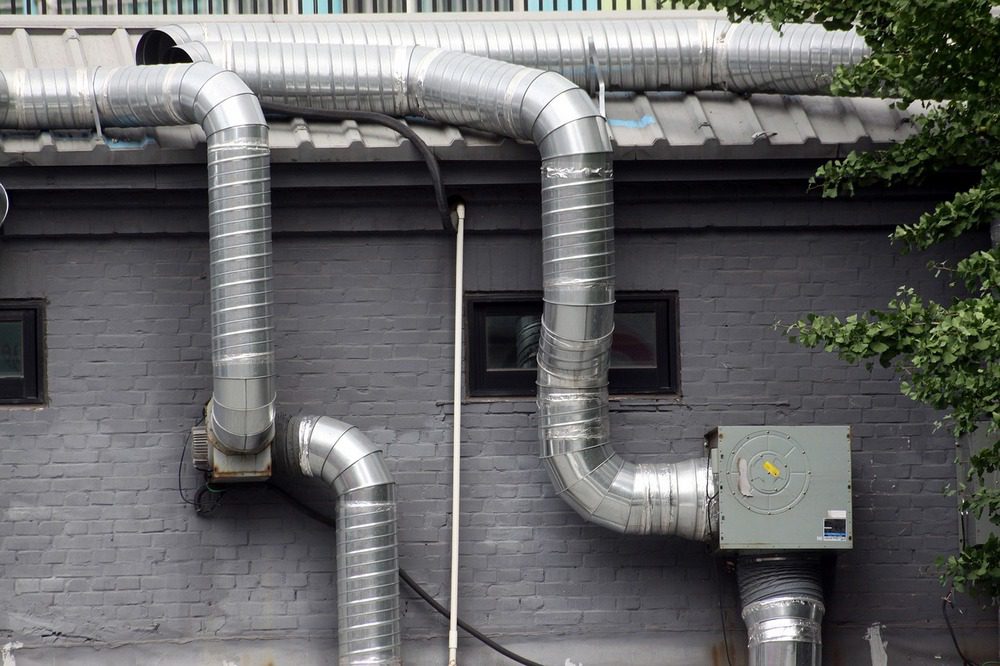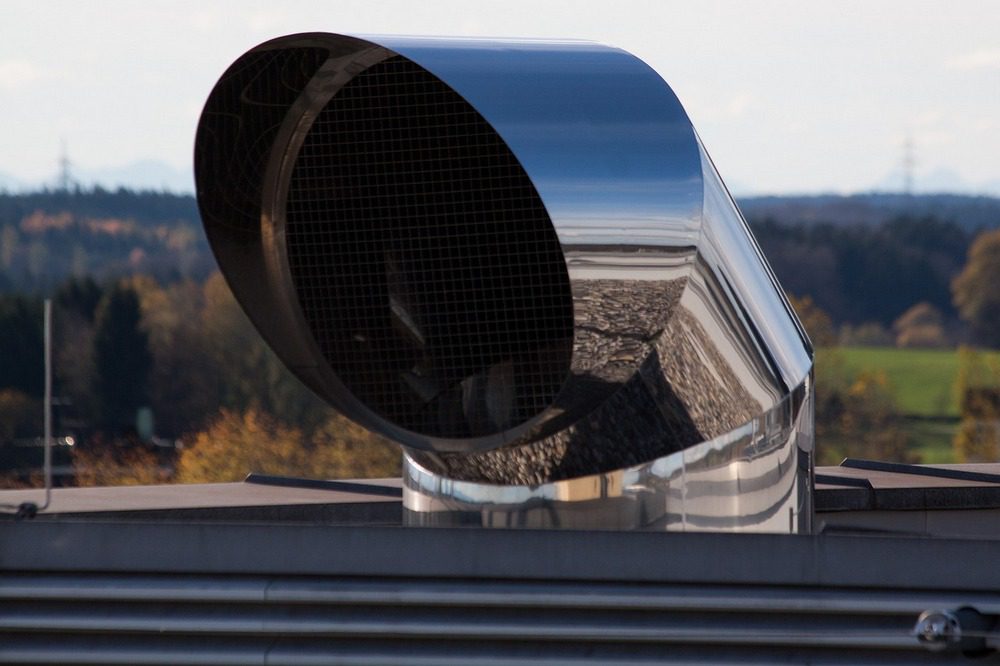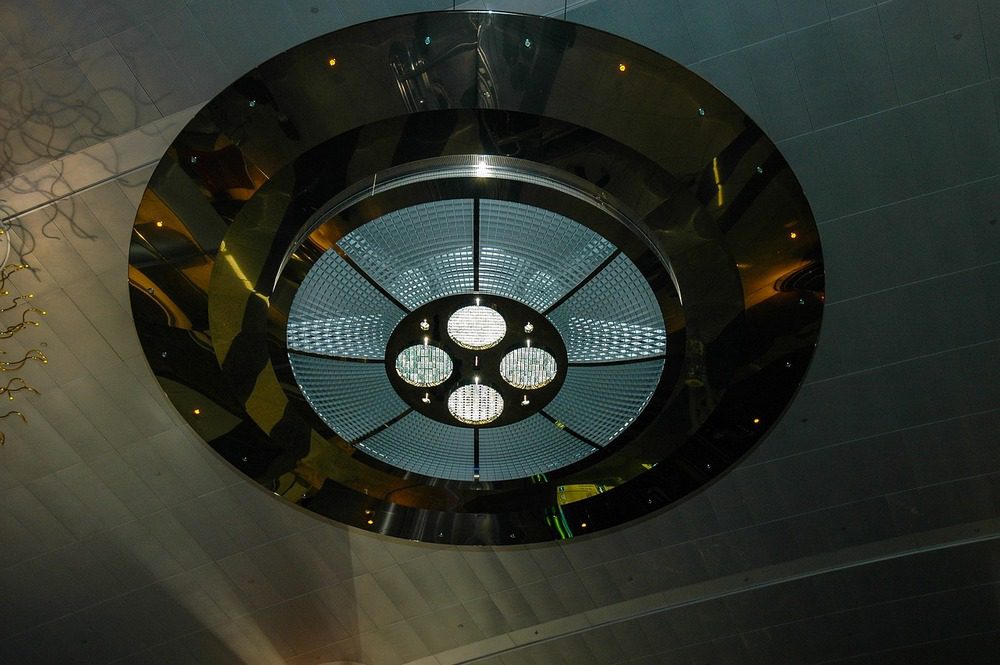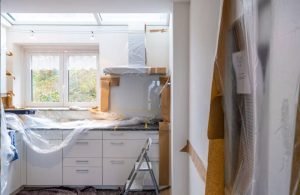Last Updated on January 9, 2025 by teamobn
There are countless architectural techniques to design buildings. All of them offer a variety of facilities to make the building better and more comfortable. Some people like to have pillars, sometimes, it can be a demand for the building.
Ventilation is an important idea to keep in mind when you are designing your building. You can make it beautiful in every way but if there is no ventilation, it can make it difficult for you to live there.
Here are some suggestions on how to make your home’s ventilation better. By opening windows, using air filters, and turning on fans, you can speed up the removal of virus particles from your home.
Contents
Locate your doors and windows where it is airy
The orientation of a building on a site should take into account the prevailing breezes, which change depending on the location, time of day, climate, and scenery. Examples include the fact that breezes typically go downslope in mountainous and hilly areas, travel onshore in coastal areas, and can be particularly strong in specific marine areas.
The afternoon or early evening is typically when cool breezes blow. Stronger winds can be filtered and breezes directed via a window or door by fences and landscaping outside a house.
Your favorite design is likely to be suitable
Airflow patterns, as well as the direction and deflection of air movement, can be influenced by the size and form of apertures. The oldest sort of window is the casement window, which has hinged frames that swing open like doors either inwards or outwards. When fully opened, they provide the most ventilation possible; when partially opened, they can restrict airflow within.
Do not neglect cross-ventilation
Although it is a popular misconception, the wind is pulled into places of lower air pressure rather than blowing through buildings. Therefore, openings should be positioned to allow breezes to pass through. This entails placing apertures for cross ventilation on at least two walls either opposite or adjacent to a room.
A room or house should have several routes for the wind to follow. Narrow or open-plan layouts benefit the most from cooling breezes. Although deeper layouts can benefit from internal windows, cross ventilation is still necessary.
Take advantage of nature
In addition to being free, natural ventilation is a better option for the environment than artificial cooling methods like air conditioners. To cool and ventilate a home, natural ventilation makes use of outside airflow and pressure differences.
When hot air flowing from a building is replaced by the colder night air, houses normally cool at night. The removal of heated air at night will help to ventilate interior spaces for the following day. For this purpose, clerestory windows and double-hung windows are suitable since the hot air may escape through higher-level openings.
- There are numerous ways to improve residential ventilation. Windows, ventilators, and a steady draught are all necessary for natural ventilation. The stack effect serves as the foundation for natural ventilation in the absence of electric ventilators.
Another name for it is passive cooling. It can be done by strategically placing windows and doors in the right directions and sizes to guarantee that the environment has excellent natural ventilation. There must be a high-level window for the heat to exit the building. The windows are crucial for keeping the house cool in the summer and warm in the winter in regions with distinct four seasons. - Put grass or other low-heat-absorbing materials on the pavement and adjacent areas. For instance, very little heat is stored in the ground when the grass is used. The ability to guide cold air within your building or home will be quite beneficial.
- Earth mounds are an excellent example of biomimicry because they borrow the principles of air circulation from insect mounds and black-tailed prairie dogs. To improve air circulation in your home, garden, or yard, especially during the summer, they are a terrific addition.
- Water is an important component in many oriental landscapes and building designs. The air is naturally cooled in transition zones like fountains or pools before it enters interiors.
- Because of their light design and minimal heat retention, these materials can promote good airflow. Although they also look wonderful indoors, wicker and bamboo are excellent for outdoor use.

Go for modern architectural ideas
Automatic ventilation systems can open and close windows based on the temperature inside. This allows for ventilation inside and releases and controls heat, which is especially helpful if you plan to be away from home all day.
An automated system can aid in preventing overheating in homes with significant amounts of northern glazing. Similarly, some people will prefer using curved grilles to make their house or building attractive while someone can use them to facilitate ventilation in the building.
High and properly positioned windows
Although it seems obvious, many people rarely open the windows in their homes due to concerns about noise, dust, or safety. Depending on where you live, the windows have decreased the demand for electric fans or other cooling equipment. Indoor air quality can also be enhanced by fresh air.
Clerestories not only benefit from natural lighting but also improved airflow. A clerestory can serve as a vent and a place for hot air to gather because hot air is known to move upward. Electric window openers make it possible for folks to open those tall windows that are out of your reach.
Unless it obstructs attractive vistas, the windows should often be located in the north and south for best cross-ventilation. The architecture promotes natural airflow and draws it into the interiors, which is especially beneficial in the summer.
Do not forget about balconies
Natural ventilation has several compelling benefits, particularly in balconies, courtyards, atriums, and other air-flow-promoting open areas. Air quality is enhanced, energy expenses are significantly reduced, and the amount of chemicals emitted by air conditioners or other mechanical equipment is minimized.
All things considered, utilizing natural ventilation even only in your home can significantly benefit its residents, the structure itself, and the environment.






